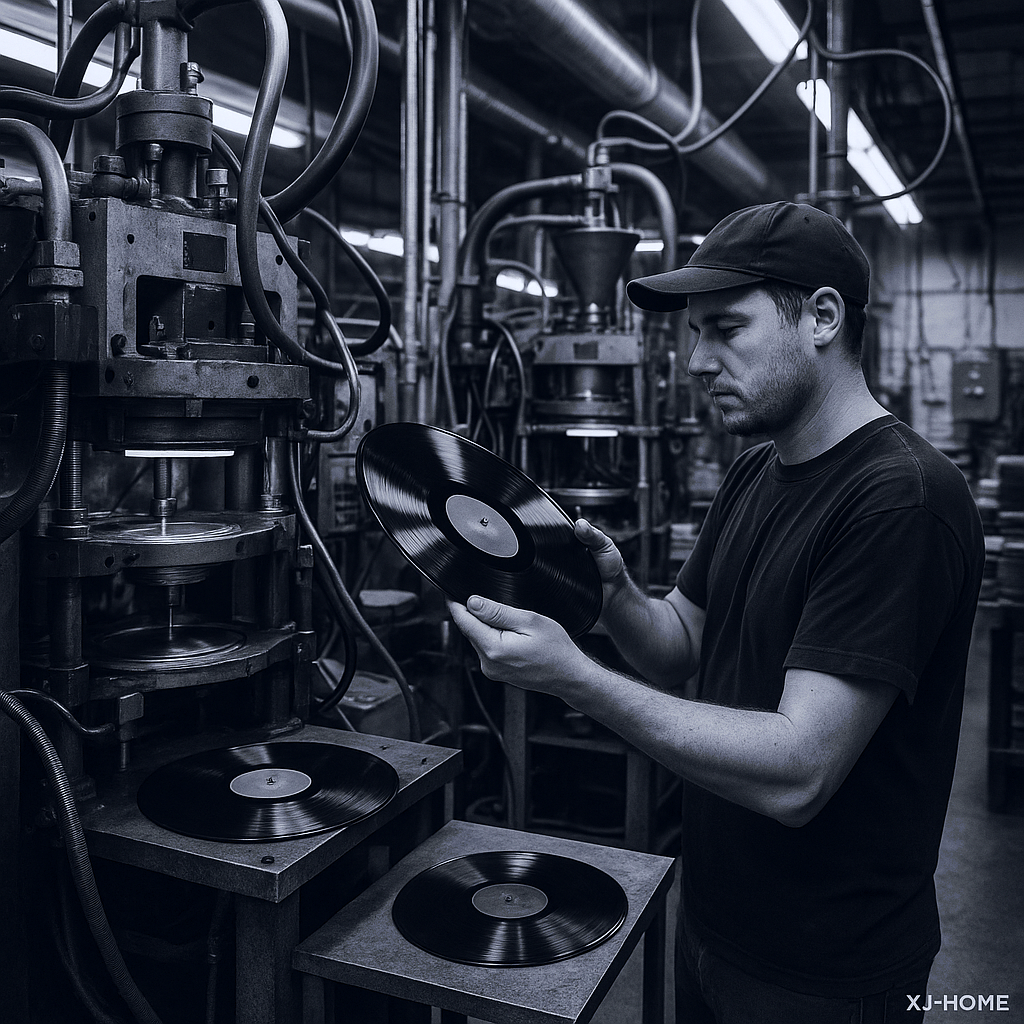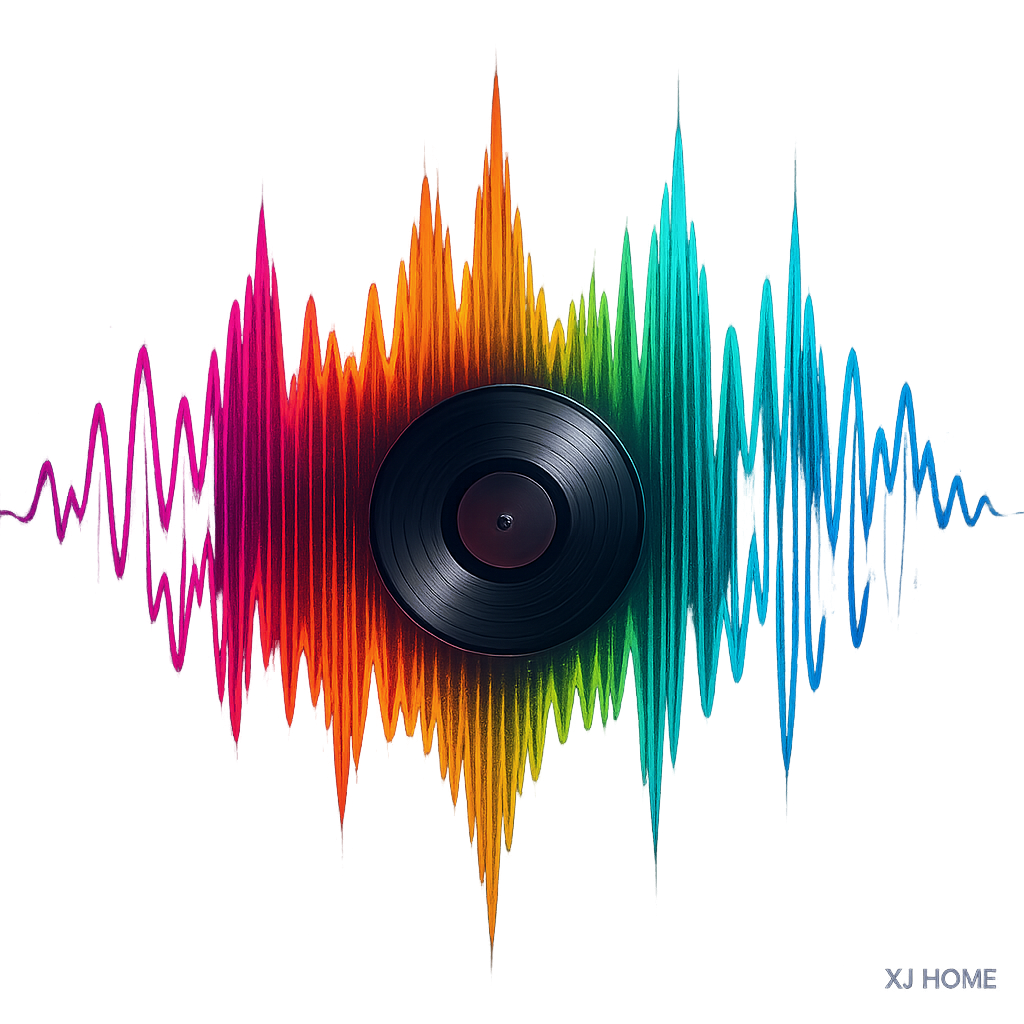When embarking on the vinyl journey, much attention is rightly given to the turntable itself, the cartridge, the speakers, and even the cables. But there's a foundational element, often overlooked yet profoundly impactful, that underpins the entire performance: a perfectly level surface for your turntable. It might not seem as glamorous as a gleaming new stylus or a powerful amplifier, but without it, even the finest audio equipment can't deliver its best.
Think of your turntable as a precision instrument designed to perform a delicate dance. The stylus traces microscopic undulations in the record groove, translating them into the music you hear. Any deviation from a perfectly level plane can throw off this intricate ballet, leading to a cascade of undesirable effects.
The Domino Effect: Consequences of an Unlevel Turntable
Why is being level so paramount? Let's break down the physics and the sonic repercussions:
-
Uneven Stylus Wear and Record Damage:
This is perhaps the most critical reason. If your turntable isn't level, the tonearm will naturally want to pull to one side due to gravity. This means one side of the stylus (the tiny diamond tip) will press harder against one groove wall than the other.
-
Consequence: Accelerated and uneven wear on your stylus, significantly shortening its lifespan. More distressingly, it also causes uneven wear on your precious record grooves. Over time, this can lead to permanent degradation of the audio information on one channel.
-
-
Compromised Tracking and Increased Distortion:
A level turntable allows the anti-skate mechanism (if your turntable has one) to function as intended, counteracting the natural inward skating force. If the turntable is tilted:
-
The stylus may struggle to maintain consistent contact with both groove walls.
-
It can lead to mistracking (the stylus momentarily losing contact or jumping grooves), especially during loud or complex musical passages.
-
You'll likely experience increased distortion, particularly on one channel, as the stylus isn't reading the groove information accurately. The sound can become unbalanced and less clear.
-
-
Inaccurate Anti-Skate Performance:
The anti-skate mechanism is calibrated assuming the turntable is level. If it's tilted, the gravitational pull on the tonearm will either augment or fight against the anti-skate force, rendering its setting inaccurate. This exacerbates the uneven wear and tracking issues mentioned above.
-
Speed Stability Issues (Potentially):
While less direct than tracking problems, a significantly unlevel surface could potentially affect the platter's rotation, especially in turntables with less robust motor systems or bearing designs. Any undue side thrust on the platter bearing isn't ideal for long-term stability and consistent speed.
-
Skewed Channel Balance:
Because one side of the groove may be favored, you might notice an imbalance in the volume or presence between your left and right speakers. The stereo image, a crucial part of the immersive vinyl experience we champion at XJ-HOME, can become skewed and less defined.
Achieving Level Perfection: Practical Steps
Ensuring your turntable is level isn't complicated, but it requires a little attention to detail:
-
Invest in a Small Bubble Level (or Spirit Level):
This is an indispensable tool. Small, circular "bullseye" levels are handy for a quick check, but a small torpedo level (around 6-9 inches long) will give you more accurate readings across the platter. You can find these at any hardware store. Some audiophile-specific levels are available, but a good quality hardware store level is perfectly adequate.
-
Level the Surface First, Then the Turntable:
Start by ensuring the shelf, rack, or piece of furniture your turntable will sit on is as level as possible. Many hi-fi racks have adjustable spiked feet for this purpose.
-
Level the Platter:
Once your turntable is in position, place the bubble level directly on the platter (remove any record first).
-
Check for levelness both side-to-side and front-to-back.
-
If your turntable has adjustable feet, use these to make fine adjustments until the bubble is perfectly centered in both directions.
-
If your turntable doesn't have adjustable feet (common in some budget models), you may need to use thin, rigid shims (like pieces of card, thin wood, or specialized audio shims) under the existing feet to achieve level. Make small adjustments and re-check frequently.
-
-
Re-Check Periodically:
Furniture can settle, and things can get bumped. It's good practice to re-check the levelness of your turntable every few months, or if you move any components around.
The Foundation of Great Sound
A level turntable is the unsung hero of a great vinyl setup. It's a one-time setup step (with occasional checks) that costs very little but pays enormous dividends in sound quality, stylus longevity, and the preservation of your record collection. It ensures that your equipment can perform as its designers intended, allowing the stylus to do its delicate work unhindered.
For more insights into turntable setup and calibration, the "Setup & Care" sections of audio forums like Steve Hoffman Music Forums often have excellent discussions and community advice, though always cross-reference with your turntable's specific manual.
By taking the time to ensure your turntable is perfectly level, you're laying the best possible foundation for countless hours of immersive, high-fidelity vinyl enjoyment.





Leave a comment
All comments are moderated before being published.
This site is protected by hCaptcha and the hCaptcha Privacy Policy and Terms of Service apply.